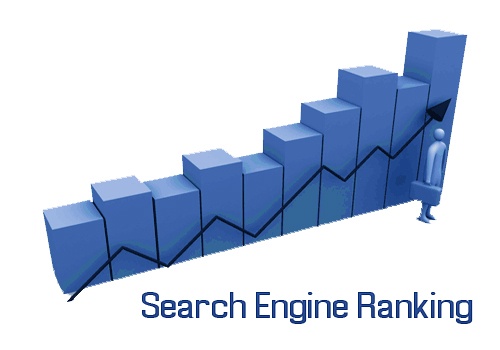Moz.com recently unveiled their latest Search Ranking Factors Report for 2013. Every two years Moz compiles a report that outlines the top search ranking factors. It’s important to take this information with a grain of salt, since many if not all of these factors are based on correlation – not to be confused with causation. Although Google would never divulge what specific factors they include in their ranking algorithm, and how much weight they assign to each factor, This report shows a lot of really interesting correlative data. We highlighted some of the findings that we personally felt would have the most impact for small business owners.
Page authority – Page authority was ranked as the highest correlation metric for this year’s study, which is really pretty cool. If you are unfamiliar with page authority, allow me to explain what it is and how it works. Page authority is measured on a 100 point logarithmic scale and it used to predict how likely a page is to rank in search results. This metric is based on a variety of factors, such your back-link profile and your MozRank and MozTrust score. According to the latest Search Ranking Factor s report, page authority holds the most weight in terms of a ranking factor. In fact, with a total correlative value of 0.39, it’s the most highly correlated metric ever observed by Moz.
Page-level anchor text and on-page keyword usage – It goes without saying that keyword stuffing content is a bad idea. Like really bad. Don’t do it. That being said, Google has recently cracked down hard on websites that regularly abuse anchor text, which is why it’s more important than ever to make sure that your anchor text profile is as diverse a possible. It’s also good idea to use keyword-rich anchor text as sparingly as possible. The top search ranking factor for page-level anchor text was the number of root domains linking to the page with partial match anchor text. This is definitely something to consider when you’re mapping out your link-building efforts.
Social and link metric correlations – It’s pretty clear that social media isn’t going anywhere anytime soon. Some even predict that eventually social could in fact surpass search engines a traffic referral source. The winner for the highest correlative social metric was +1’s, with a correlative score of 0.3. Followed closely behind by number of unique IPs linking to the page and number of root domains linking to the page. The data suggests that social is quickly becoming just as valuable link-building. Towards the bottom of the list, you’ll see some other social signals such as the number of Facebook shares and the total number of facebook comments and likes. Another reason why it might be a good idea to offer social sharing options on your posts and pages.
Industry insights – The final portion of the report included poll results from 128 industry experts, where they weighed in on what they think will be the primary factors for rankings in 2013 and beyond. Among the top ranking factors were authorship metrics and the influence of structured data in the SERPs (search engine results pages). This should come as no surprise since Google has been pushing really hard to stress the value of authorship and rich snippets for the past year or so. Authorship is definitely something that I don’t see enough local companies taking advantage of. The same can be said about using structure data to markup your pages so that you start getting rich snippets to display. Rich snippets and authroship are both great ways to take up more SERP real estate and also increase click-through rate. On the very bottom of the list, you’ll see that exact keyword match domains don’t seem to be much of a factor anymore. Which makes sense after Google’s Exact Match Domain (EMD) update.
If you have any questions, feel free to leave me a comment below. If you want to check out the full report you can do so by clicking on the link below.


